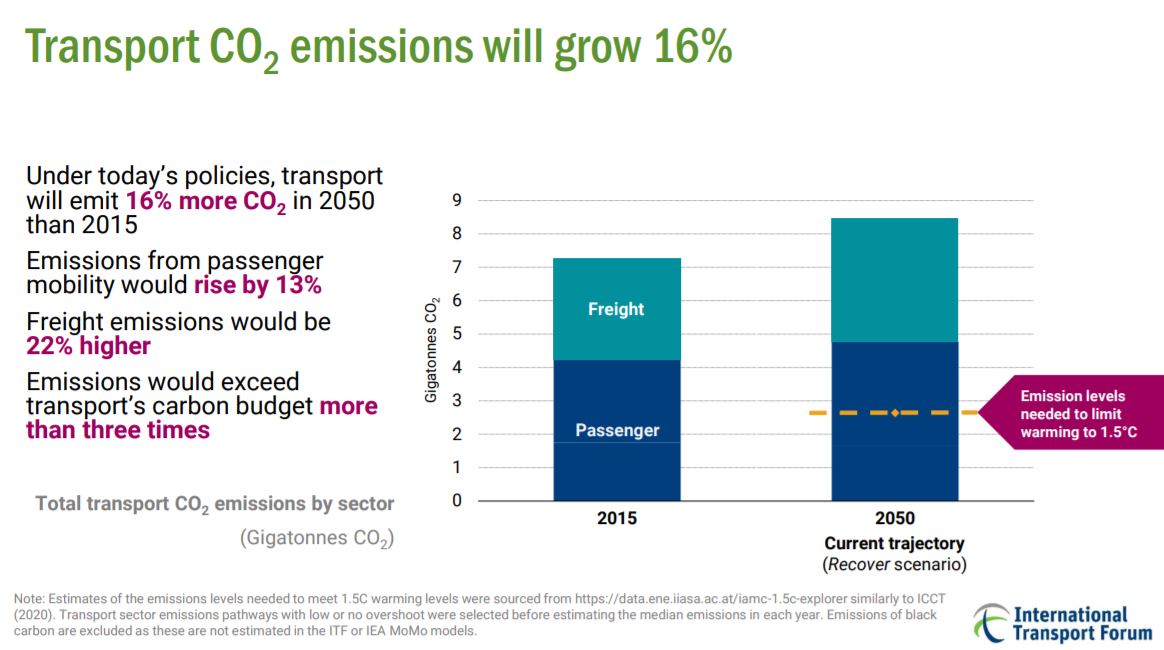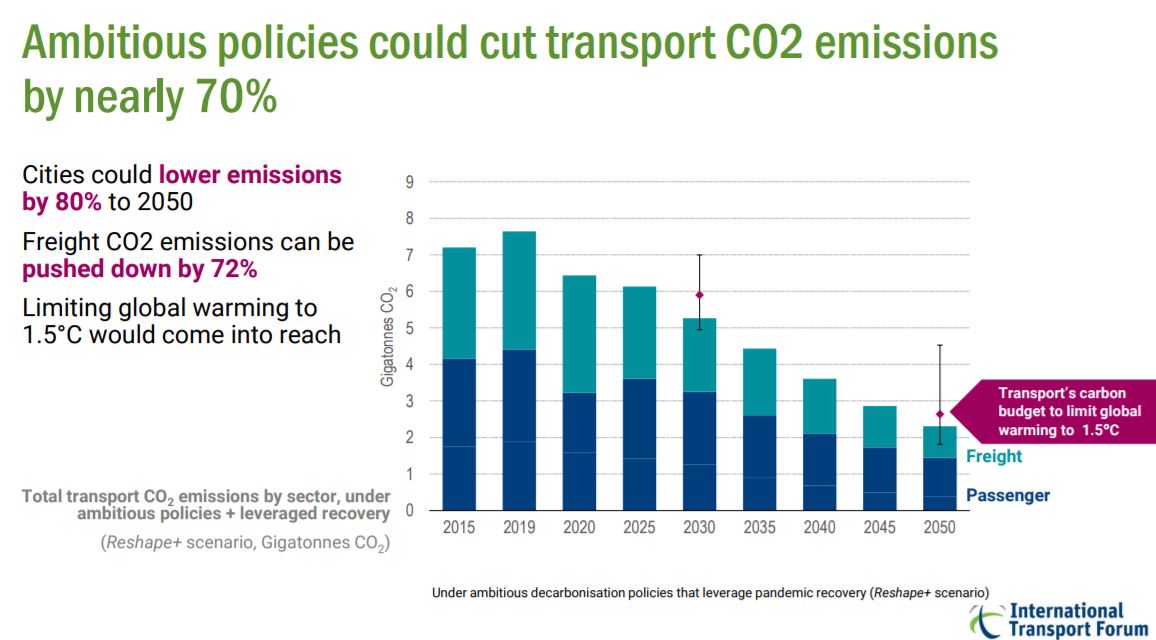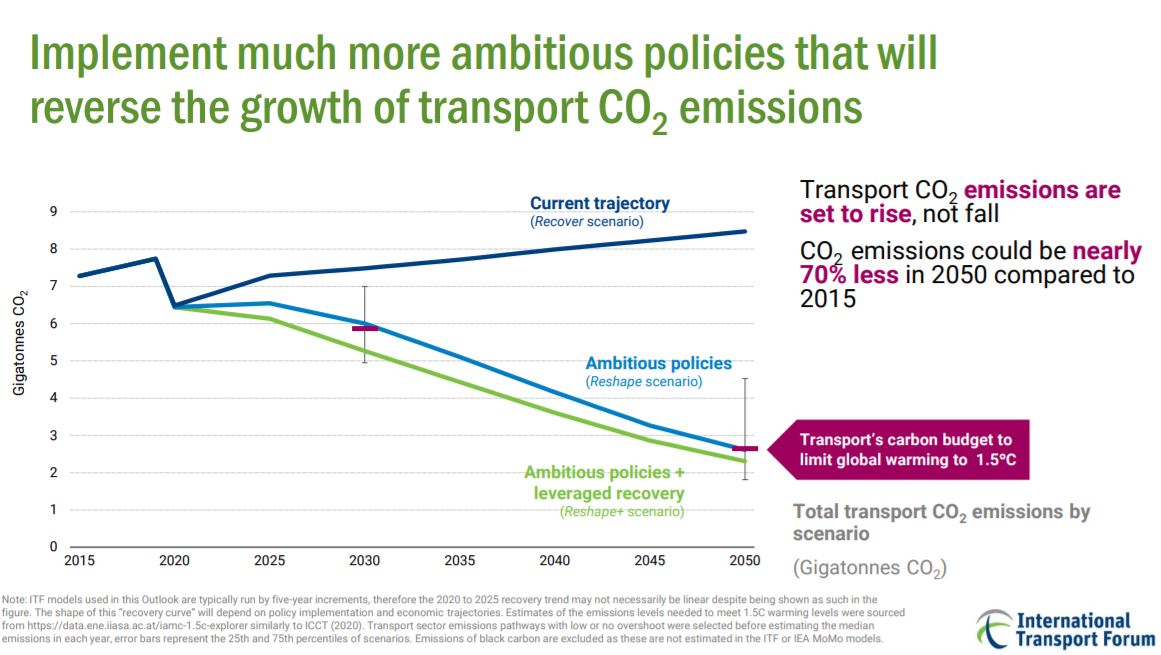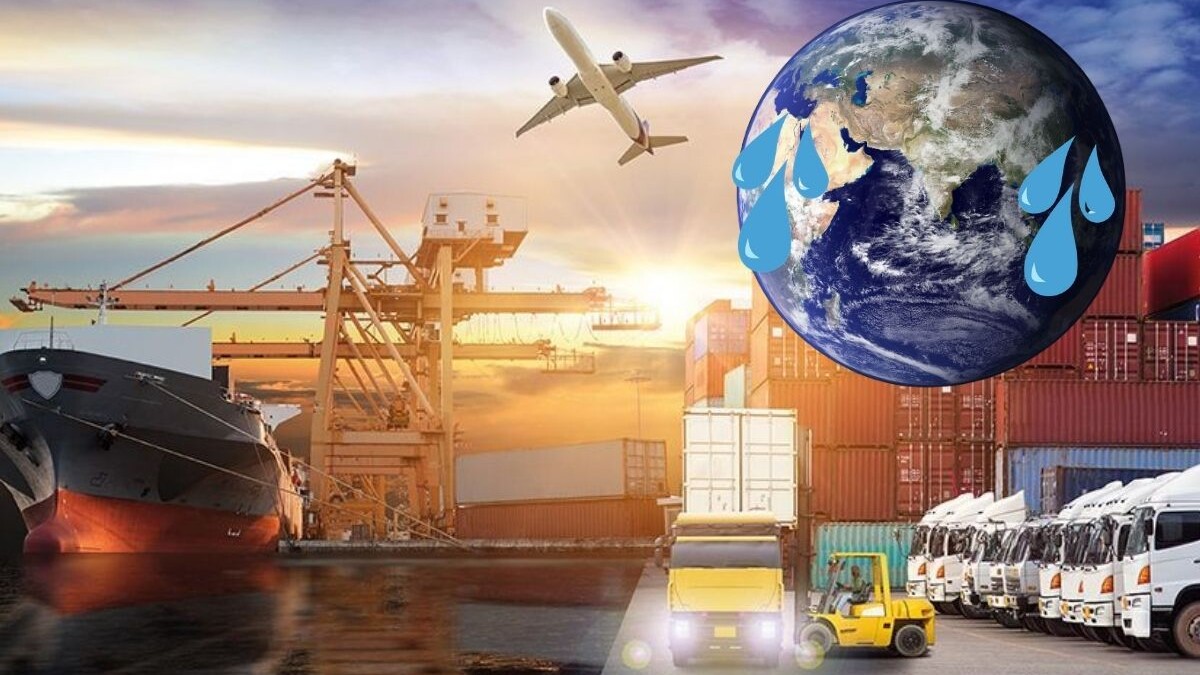The International Transport Forum (ITF) presented its latest projections at the global summit of transport ministers, and they don’t look encouraging for the planet’s environmental goals.
Specifically, global transport activity is expected to more than double by 2050, while traffic emissions will rise by 16% compared to 2015. And that’s even if existing commitments to cut down carbon emissions are carried out.
Based on projections from 2015, today urban mobility is responsible for 40% of all CO2 emissions from the movement of people. This means that how to meet mobility demands, while at the same time reducing pollution, still remains a big challenge.
Notably, 75% of all urban passenger transport emissions come from private cars, which intensifies the necessity for more sustainable alternatives. Similarly, freight emits more than 40% of all transport CO2.
The ITF considers these facts alarming and emphasizes that, if current policies remain the same up until 2050, the situation will deteriorate:
- Emissions from passenger transport will rise by 13%;
- Freight emissions will grow by 22%;
- Emissions from urban mobility will only fall by 5%.
This means that the goal of the Paris Agreement to limit global warming to 1.5˚C won’t be reached.

Despite these ominous projections, it’s still possible to reverse the transport CO2 emission growth. In fact, more ambitious policies could reduce emissions by approximately 70%:
- Cities could cut urban mobility CO2 emissions by 80%;
- Regional passenger transport (e.g. by air, rail, bus) could lower its emissions by almost 50%;
- Freight emissions could be 72% less.
That way, limiting global warming to 1.5˚C would be within reach.


The ITF offers six recommendations on how governments can develop a more sustainable mobility model, but the responsibility for developing more ambitious policies falls on the governments themselves.
Do EVs excite your electrons? Do ebikes get your wheels spinning? Do self-driving cars get you all charged up?
Then you need the weekly SHIFT newsletter in your life. Click here to sign up.
Get the TNW newsletter
Get the most important tech news in your inbox each week.






